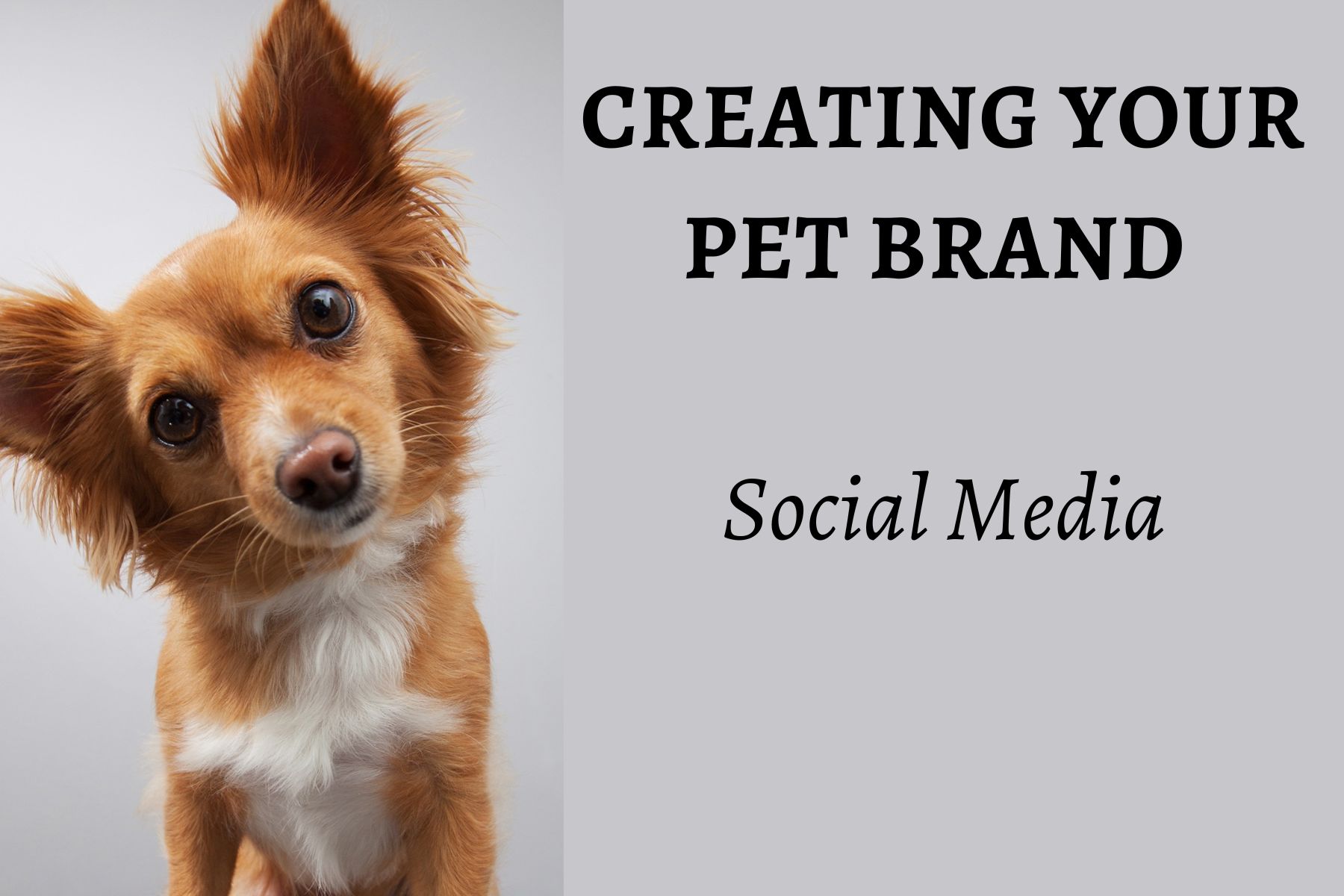If you own or run a vet or pet business, social media will be a valuable tool to increase your brand’s visibility and showcase your product or service to as many people as possible. So, what are you waiting for? Well, perhaps you have some questions and concerns that are holding you back or you want to make sure you’re using social media in the most effective way from the get-go. In this article, you can find information on tailoring your pet brand social media to suit your business and where to start.
By the way, if you’re looking to optimise your personal brand on social media and develop your online persona, rather than promoting your business, you can find some tips here.
Which social media platform should you choose?
It might be tempting to throw yourself in at the deep end and set up a social media profile for your business on every platform – after all, surely that will help you reach more people. However, that’s not necessarily the best way, and doing a great job on one or two platforms, especially initially, can be much more effective than spreading yourself across all of the platforms and finding you can’t keep up with the volume and quality of content. So, how do you choose which social platform to start with?
Who is your target audience?
Think about your target audience and their behaviour. What are they looking for when they’re on social media? Do they want to be entertained? Are they looking to learn? Answering these questions will help you decide which platform to focus on first. If it’s professionalism and a service that your target audience is looking for, LinkedIn is probably best suited to your business, while if your target audience probably spends their time watching funny or cute cat and dog content, Instagram might be where they spend most of their screen time. Of course, in reality, no consumer or social media follower falls into just one of these stereotypes, which is why once your first social media platform is up and running with good quality, consistent content, you can expand to include more platforms.
What tone suits your product or service?
Another follower characteristic that you’ll want to explore is what tone of content your ideal consumer is looking for. Are they looking for something casual but informative, or do they want to read something with a more professional, scientific, or research-based tone from someone with more credibility?
It’s also worth considering what tone suits your brand. If your business delivers a professional service, you’ll want a less casual tone that allows you to deliver information that your audience trusts. However, if your pet brand is fun and vibrant, a more casual tone that feels authentic and shows personality might work best. Similarly, if your pet products are high-end luxury, you’ll want a business-like tone that reflects this. In general, LinkedIn is the more formal of the social media platform options, TikTok and Instagram lend themselves to a more fun, casual tone, while Facebook sits somewhere in the middle.
What types of posts do you intend to create?
Different social media platforms suit different types of posts. For instance, TikTok is suited to short, often humorous videos, while Instagram can be used to create scrolling carousels of still images that tell a story. Instagram, LinkedIn, and Facebook can all be used for both still images and videos, while Twitter and Threads focus on text content. If you see yourself posting still images that showcase your products, or videos that show your product in action, you’ll want to choose the best platform for the job. Don’t forget to be creative – remember that varying your content will keep your audience engaged.
How to stay true to your pet brand on social media
It’s easy to get carried away when your business joins the world of social media – you might see trending posts or content from a rival business that’s gone down well and aim to emulate those. However, while it’s important to be aware of the content that’s trending, it’s important to stay true to your brand and keep an identity that helps you stand out from the crowd. Here are some guidelines to help keep you on-brand:
Use the same key elements in your posts
Your brand design is an important part of developing your business’s social media presence. Once you know your brand’s colours, fonts, and any decorative accents that are regularly used, you can ensure that your social media posts follow the same template. That doesn’t mean posting the same image with different text or images each time, though, as that won’t excite your audience. Instead, create a bank of three to five branded post templates that you can customize with your content. To make sure your content is instantly recognisable, you’ll want some for carousels, still images, quotes, Instagram Stories, Instagram Reel covers, and any other content type you intend to post.
Know and live your values
Knowing your brand’s values, and reminding yourself of them regularly, will help to keep your posts true to your business. Before recreating the latest social media trends, ask yourself whether that type of post is in keeping with your brand’s values, if the answer is no and it can’t be tailored to reflect your business, it’s best to enjoy the trend from the outside, without compromising on your values by participating.
Be authentic
People value authenticity. It might sound clichéd, but the most important thing you can do when creating your business’s social media content is to show who you are. If you blindly follow what you think you should be posting or try to copy the content delivered by your rivals, your audience will see right through it. Without a unique bit of you to latch on to, your pet business or vet practice is no different from the next.
Conclusion
Building a big pet brand social media following is tricky, but the best way to learn is to jump right in. If you need trustworthy pet social media content from our team of professionals, you can contact us for a free quote.
-
Pet Marketing Magic: The Role of Pet Professional Copywriting
Digital marketing is crucial to the success of most companies these days. But with so much information and competition on the internet, how do you get people to look at… Read more
-
Veterinary copywriter secrets: 9 ways to make pet parents into loyal customers
Pet owners are hungry for knowledge. They want to know more about their pets and what’s best for them – their health, their behaviour, how to look after them, and… Read more
-
Mastering Marketing for Pet Business Growth
Pet ownership is growing, meaning an increased demand for veterinary care and pet information, products, and services. While this might sound like the perfect opportunity to hold off on spending… Read more
-
Google’s new update (and what it means for pet businesses)
Everyone who is anyone in the world of SEO is talking about Google’s new core update. It started last week, and is expected to take up to a month to… Read more
-
4 reasons vets make the best animal copywriters
Pet business website? Check. Products and services decided on? Check. But how do you get people through your (virtual) door to see what you have to offer? Well, that’s where… Read more
-
How to hire a veterinarian for content marketing
If you want to provide a professional, reliable source of information for your animal-loving audience, then you need to use someone credible to help. By using a veterinarian for your… Read more


